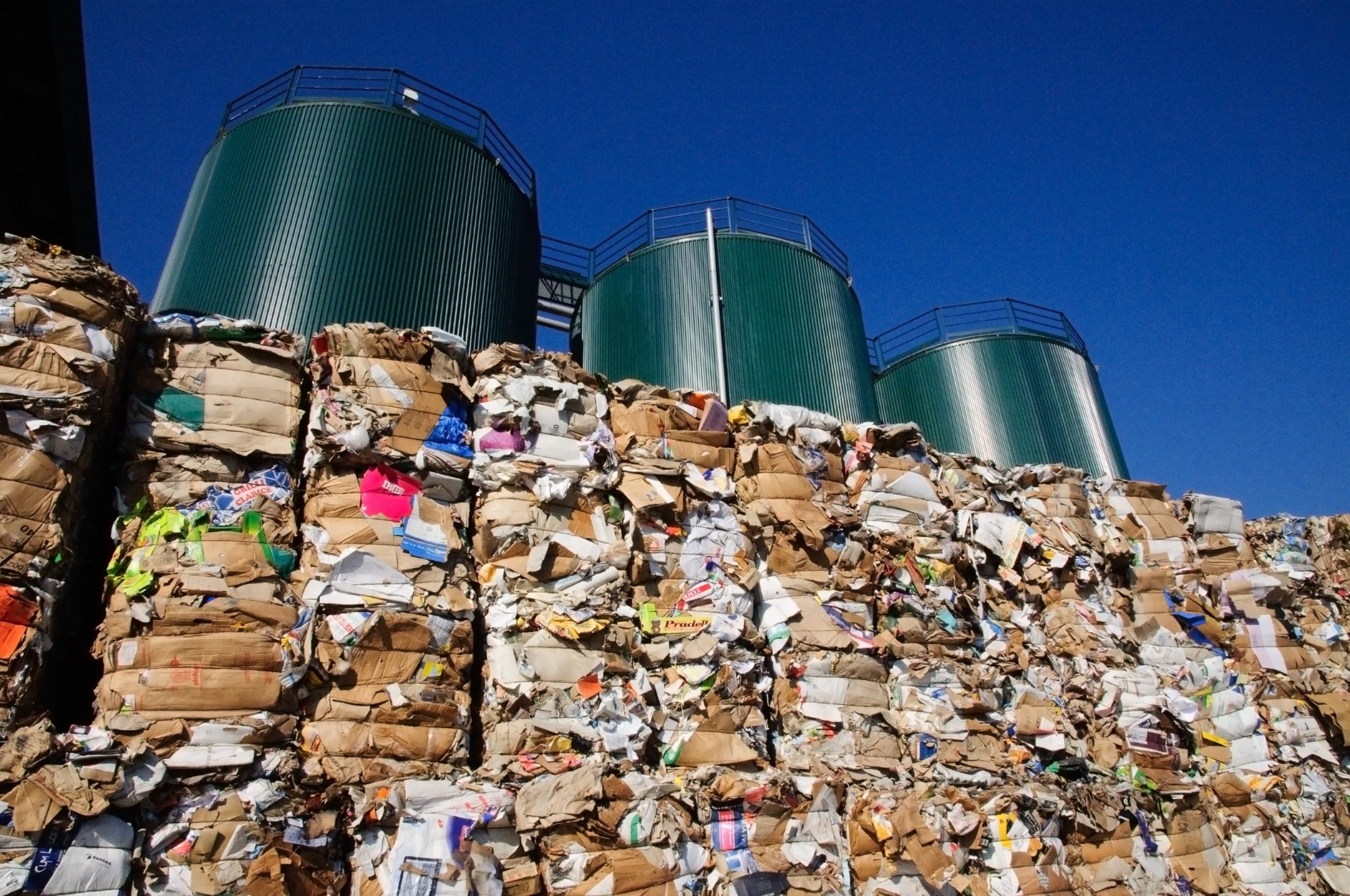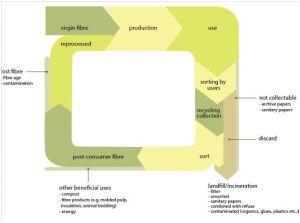Recycled vs Fresh Fiber
There are a multitude of considerations that manufacturers make when deciding the amounts of recycled and fresh fiber for their products such as performance, market demand, manufacturing capabilities and resource availability.
Learn More

